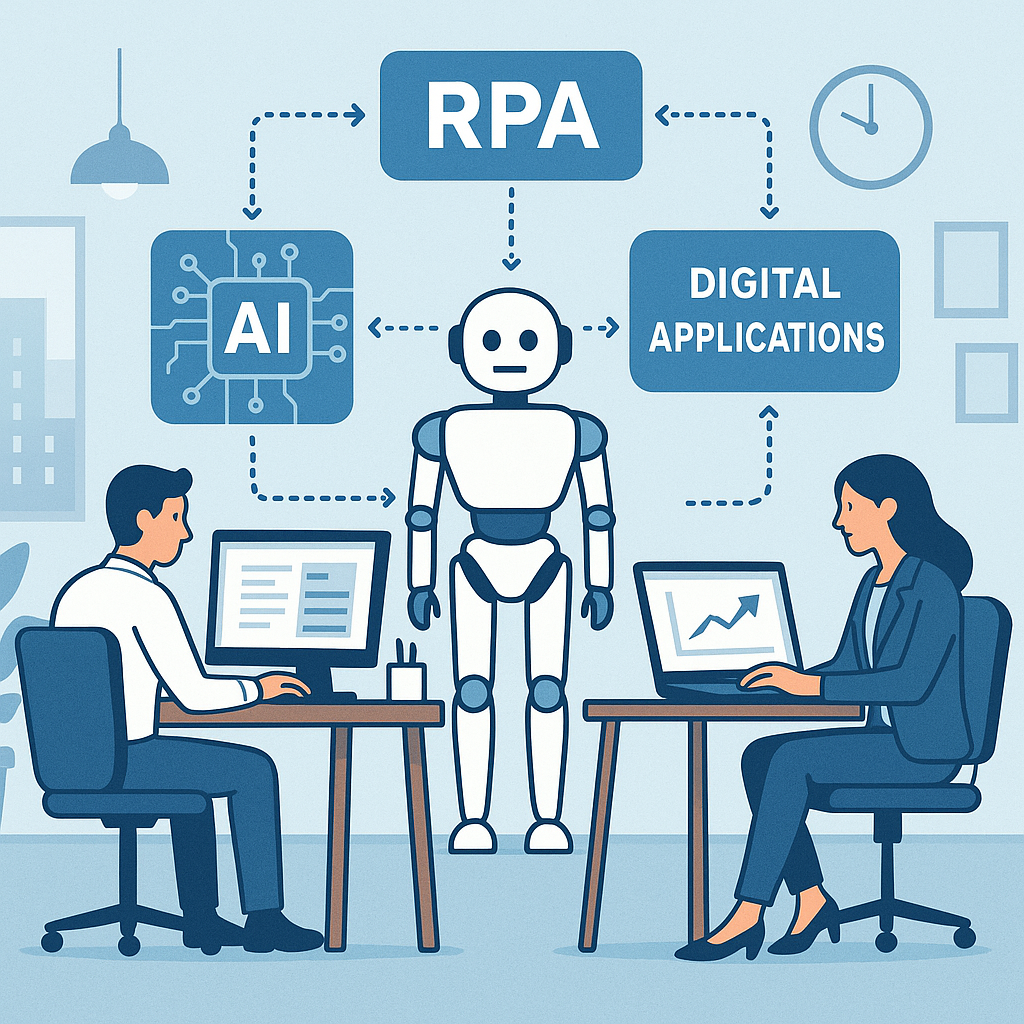Hyperautomation: The Next Leap in Business Process Efficiency

In 2022, as organizations worldwide rebounded from pandemic disruptions, the focus on digital transformation reached new heights. One term began capturing discussion in boardrooms and IT strategy meetings alike: hyperautomation. Businesses eager to leap ahead found themselves rethinking not only what could be automated, but how far automation could go toward optimizing every operational layer.
What Is Hyperautomation?
Hyperautomation extends traditional automation by combining multiple advanced technologies—like Robotic Process Automation (RPA), Artificial Intelligence (AI), analytics, and low-code platforms—to automate complex business processes end-to-end. Unlike classic automation, which targets repetitive tasks, hyperautomation aims to orchestrate entire workflows, turning disparate systems into a unified, self-optimizing engine.
Why Now?
By 2022, the convergence of cloud adoption, remote work, and ongoing talent shortages pushed executives to seek new ways to do more with less. Gartner, in its 2022 Technology Trends Report, highlighted hyperautomation as a top priority, noting its value in enabling agility and operational resilience.
Core Components of Hyperautomation
- Robotic Process Automation (RPA): Executes rule-based, structured tasks faster and more accurately than human workers.
- Artificial Intelligence and Machine Learning: Powers intelligent decision-making, document processing, and anomaly detection.
- Process Mining and Analytics: Identifies bottlenecks and sources of inefficiency, supporting data-driven improvements.
- Low-Code/No-Code Platforms: Empowers business teams to build and adjust automated workflows without major IT intervention.
- Integration Tools: Connects legacy systems, cloud apps, and new digital workflows seamlessly.
Real-World Impact: Examples from 2022
Financial Services: A leading European bank deployed hyperautomation to bridge gaps between its digital onboarding, anti-fraud, and customer support. RPA bots handled document uploads while AI models flagged suspicious activity in real-time—reducing onboarding time from days to minutes.
Healthcare: Hospitals turned to hyperautomation to speed up insurance claims processing by connecting EMR systems, scanning documents with AI-powered OCR, and routing claims automatically, leading to faster reimbursements and improved patient satisfaction.
Challenges and Cautions
While hyperautomation unlocks exciting opportunities, the 2022 conversation also noted:
- Change management hurdles: Employees feared job loss or struggled with rapidly evolving tools.
- Integration headaches: Not all legacy systems played nicely together, necessitating robust planning.
- Governance and compliance: Automated decisions needed transparent auditing to satisfy regulators, especially in regulated sectors.
Looking Ahead: The Competitive Imperative
In 2022, hyperautomation wasn't just a buzzword—it became a strategic imperative for organizations that wanted to differentiate, scale, and build agility into their DNA. By orchestrating people, processes, and advanced technologies, business leaders could unlock new sources of value, empowering teams to focus on innovation rather than administration.
Is your business ready to ride the next wave of hyperautomation?